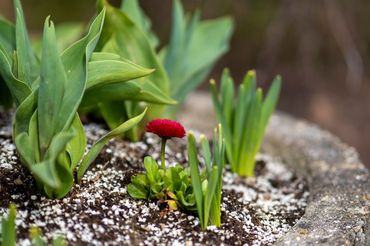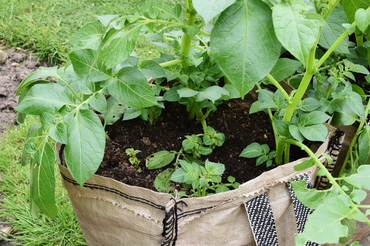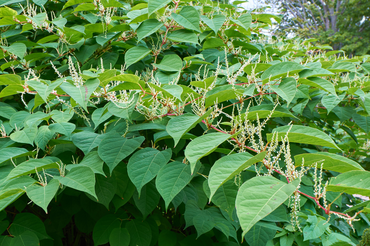
Left to their own devices, shrubs and climbers can get out of hand, growing too big and looking untidy. Pruning keeps them looking neat and flowering well, so it’s well worth doing.
Golden Rules of Pruning
When you’re pruning, there are a few golden rules to remember.
- Always cut just above a bud.
- When pruning to shape a plant, work slowly and take regular breaks to check that you are not taking off too much.
- Take care when working at height, and don’t be afraid to call in a professional if the job is too big for you to tackle safely.
Pruning shrubs and climbers isn’t complicated, and there’s plenty of information available on how and when to prune. To get you started, here are a few tips on pruning common shrubs and climbers.
1. Pruning hydrangeas
To prune mophead hydrangeas, leave the flowers on the plant over winter to protect the developing buds and remove them in spring, cutting back to just above a strong pair of buds lower down on the stem. Cut out any thin, weak stems and remove one or two old stems to promote new growth.
Prune Hydrangea paniculata and Hydrangea arborescens in early spring, cutting back last year’s shoots to between 30-60 cm (1-2 ft) above the ground, just above a pair of strong buds.
2. Pruning fuchsia and buddleja
Prune in mid to late spring, cutting back last year’s growth to within 1-2 buds of the main woody branches. Remove any weak or spindly stems.
3. Pruning forsythia
For a good display of flowers, prune forsythia next spring as soon as the flowers have faded. Cut all stems back by a quarter of their length to shape the plant, and remove any damaged or crossing branches. On established plants, every two years, cut back one in every four old stems to the base to reduce congestion.
4. Pruning honeysuckle
Most honeysuckles flower in late summer, but some, e.g., Dutch honeysuckle, flower in late spring and early summer.
- Prune early flowering honeysuckles straight after flowering, cutting back the flowered shoots by one-third.
- Prune late-flowering honeysuckles in spring, cutting back any long trailing stems and lightly trimming the rest of the plant.
5. Pruning clematis
Clematis are divided into three groups, defined by their flowering time:
- Group 1 flowers in winter or early spring. Prune as soon as they finish flowering, removing deadwood and cutting back flowered stems to fit the space available.
- Group 2 flowers in late spring, with sometimes a second flush in late summer. Prune in spring before they start to grow, cutting back to a pair of healthy buds.
- Group 3 flowers in late summer. Prune in early spring, cutting back to a pair of strong buds about 20 cm above ground level.
Need to tackle an overgrown plant in your garden? We’ve got all the tools and equipment you need, so visit our centre today!




